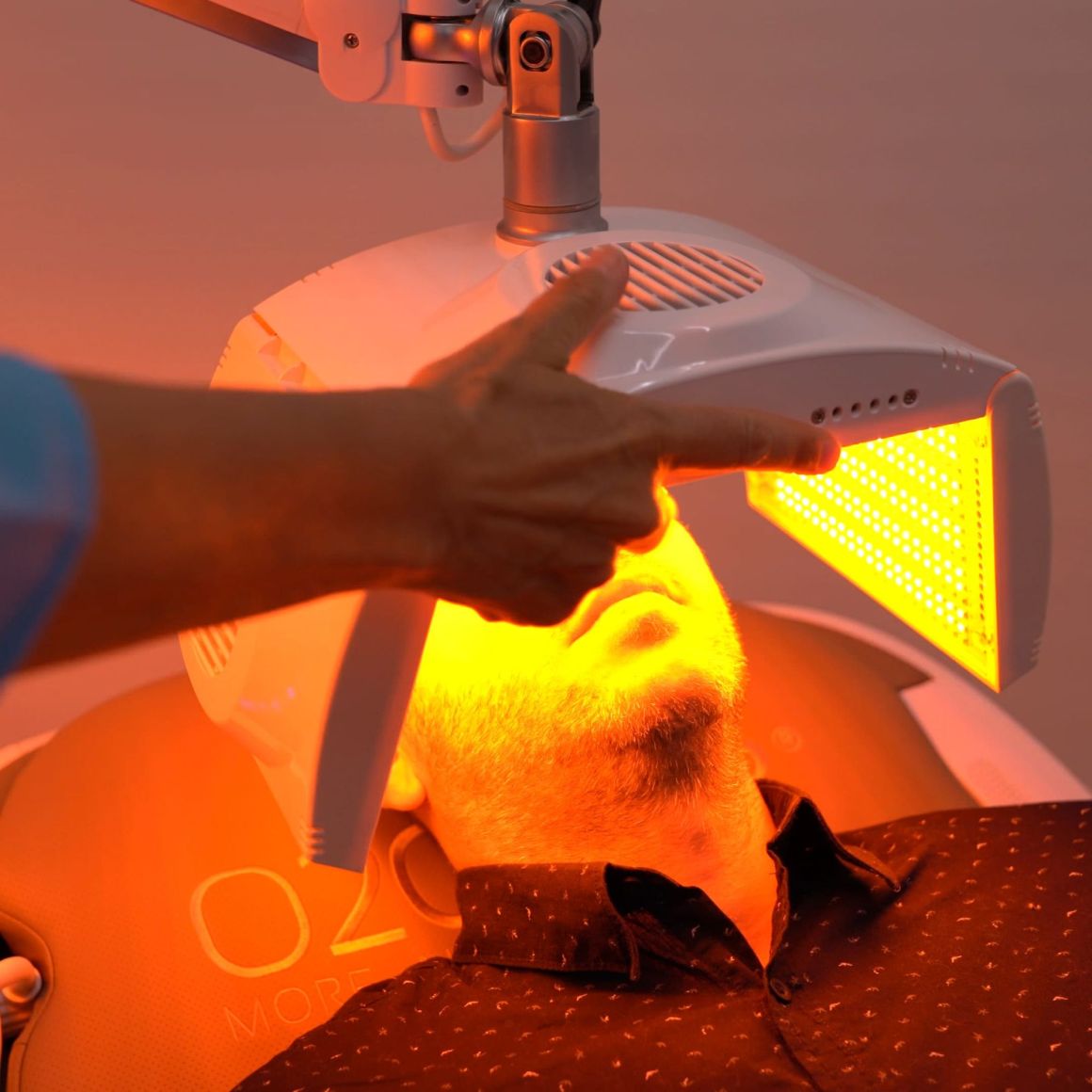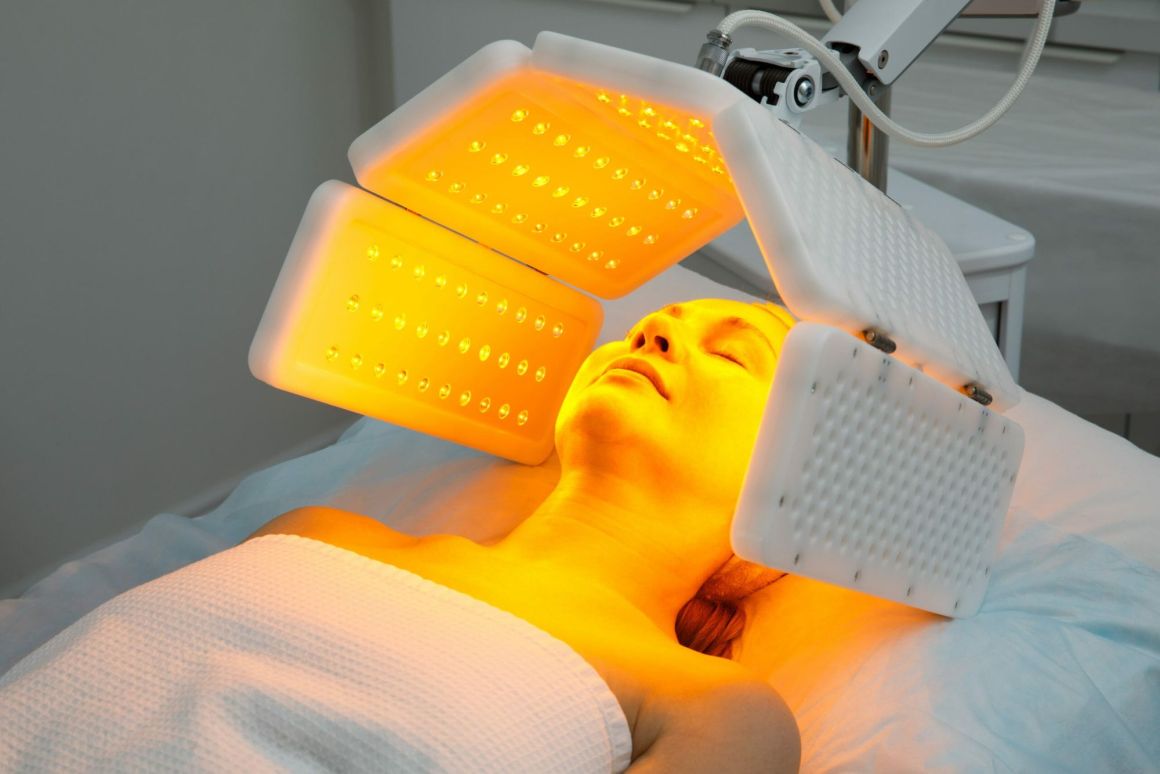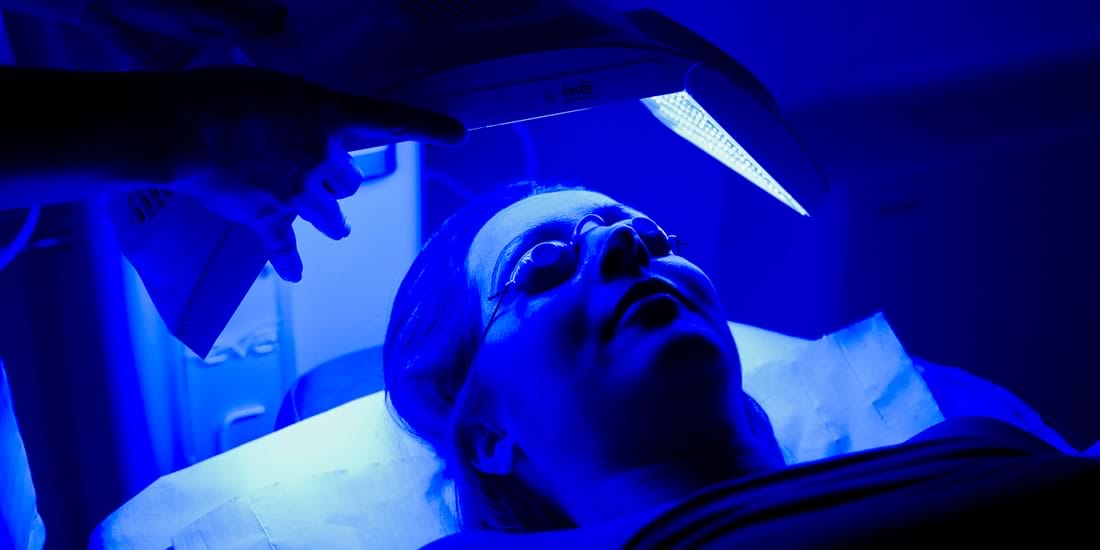

Indications
La photomodulation permet de traiter les vergetures, les rides, les taches et rougeurs de la peau, d’améliorer le teint, de stimuler la repousse des cheveux. Elle est également utilisée pour favoriser la cicatrisation, traiter l’acné et le psoriasis, le vitiligo ou l’herpès.
- La luminothérapie stimule l’élasticité cutanée sans agresser la peau.
- Le traitement est plus efficace sur des vergetures récentes, encore rouges, qui peuvent quasiment s’effacer, mais atténue très nettement les vergetures anciennes blanches.
- Dès la deuxième séance les effets sont manifestes, mais il faut 3 à 5 séances pour pérenniser les résultats.
- L’émission de lumière par les LED stimule la production de collagène pour combler les rides et améliorer la texture de la peau. Il s’agit d’un mécanisme de régénération cellulaire sous l’effet des photons émis par les LED.
- On obtient un véritable « défroissage » du visage.
Souvent combinée à la microdermabrasion, au peeling ou au laser fractionné, la lumière stimule les fibroblastes et entraîne un rajeunissement de la peau (rides, pores, taches…).
- La lumière froide, monochromatique, densifie et stimule la repousse des cheveux.
- Les follicules pileux sont stimulés par les photons et les cheveux deviennent plus épais et résistants.
- Après microgreffes, la repousse est améliorée.
La lumière bleue agit sur l’excès de sébum et l’inflammation et réduit l’activité acnéique.
Les LED stimulent le métabolisme cellulaire en activant les mitochondries des cellules.
Autres effets bénéfiques
La photomodulation améliore la cicatrisation après traumatisme ou intervention chirurgicale, calme les douleurs des coups de soleil et a également un effet déstressant.

